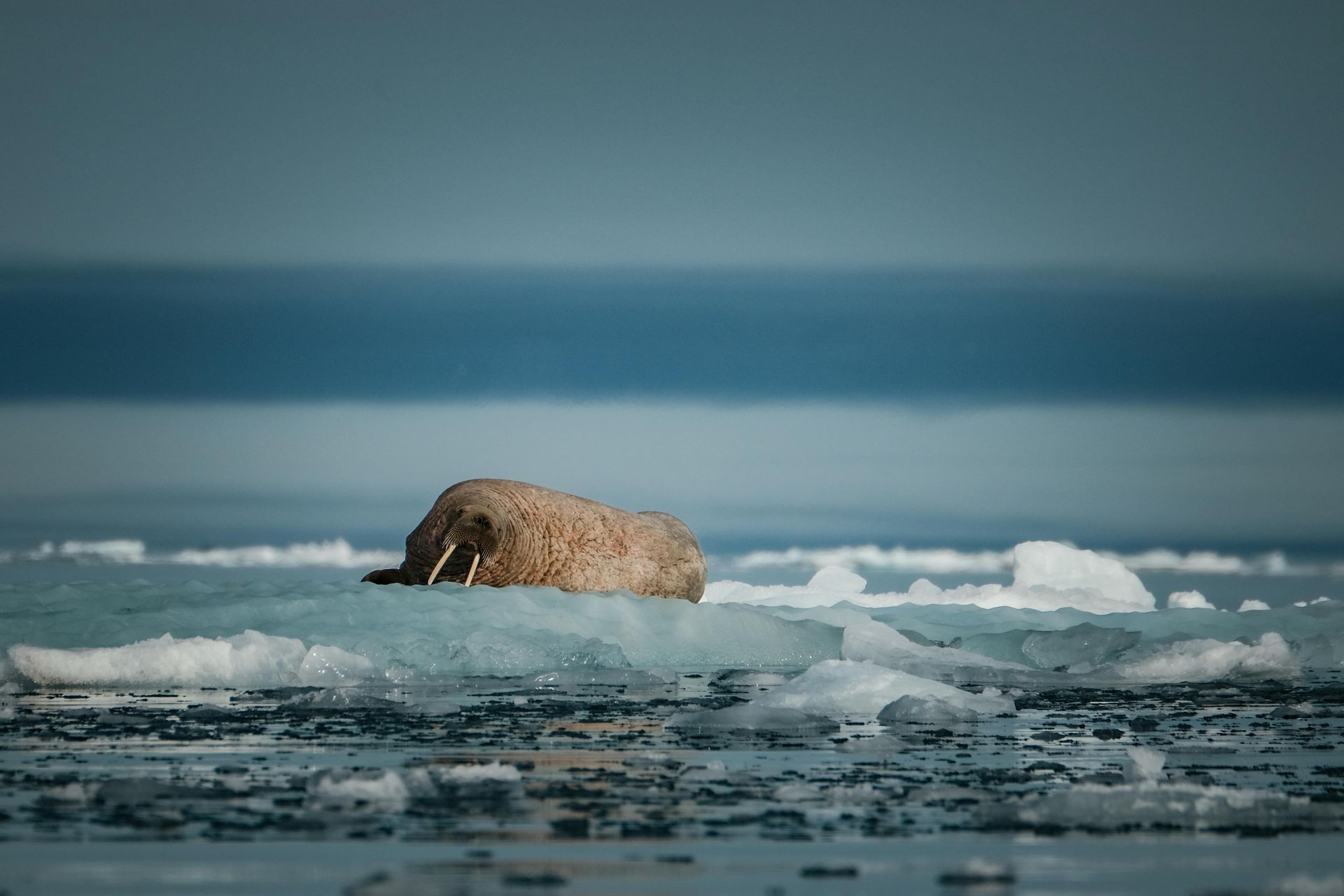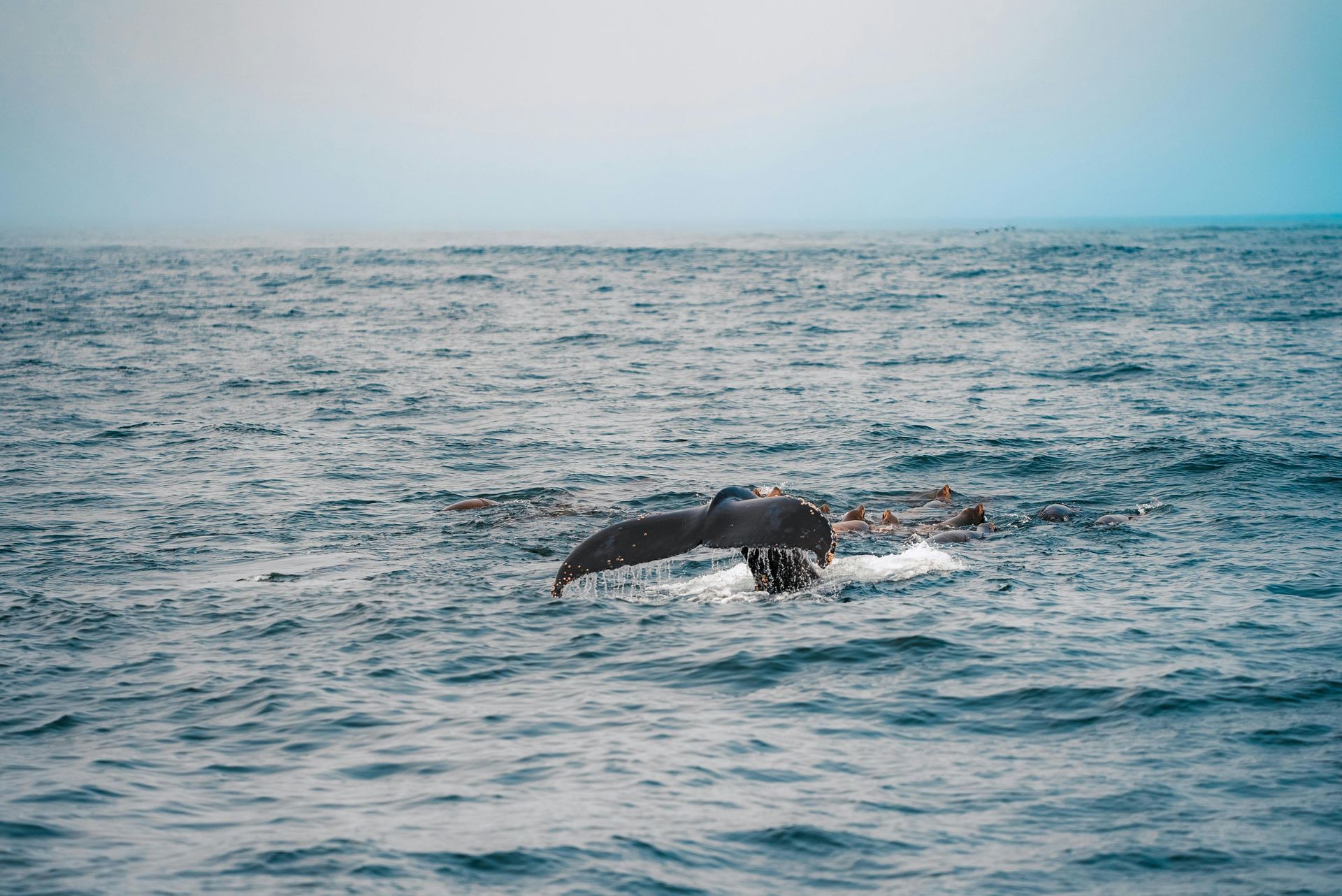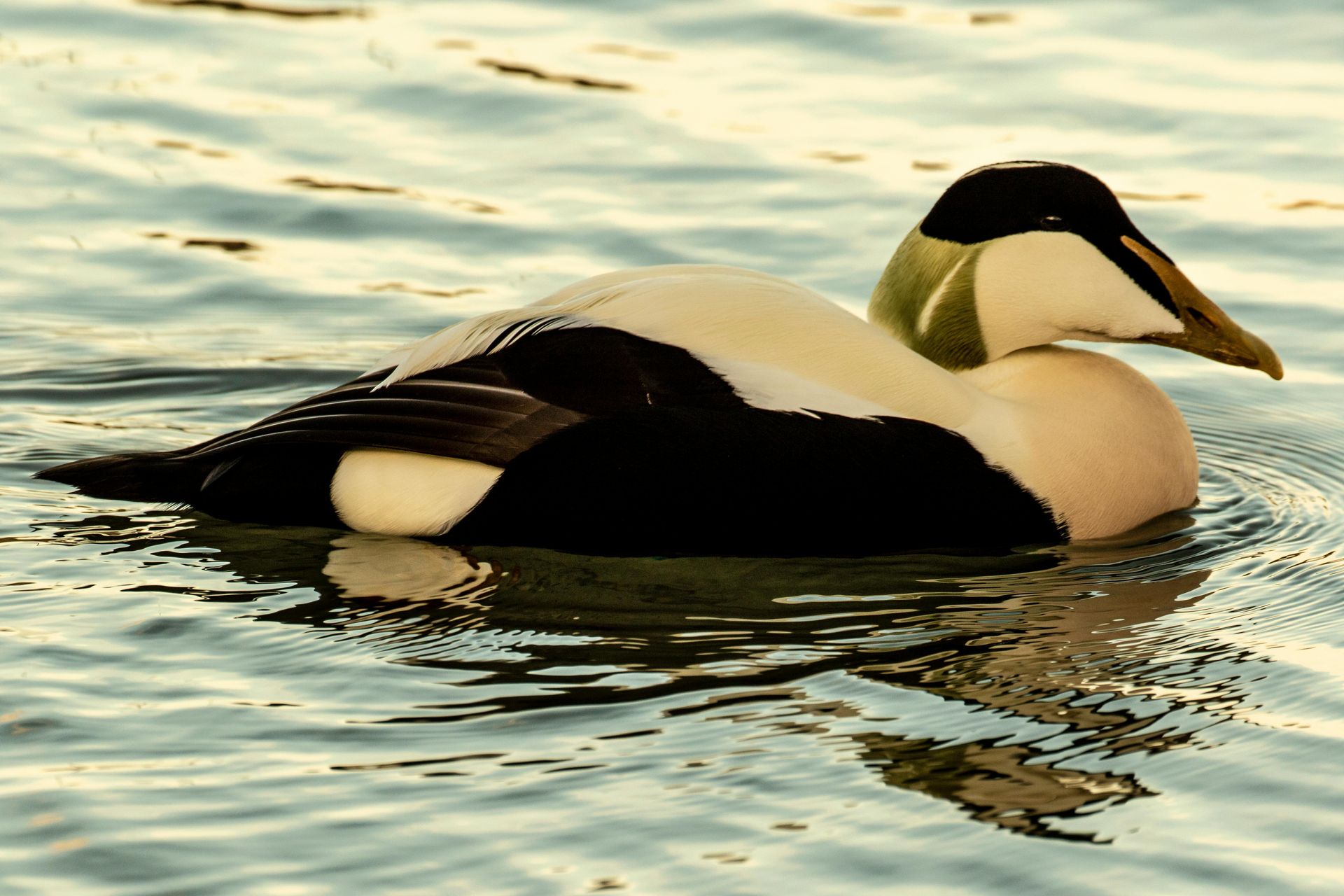Svalbard Things to Expect
Svalbard Things to Expect

Visiting Svalbard is an adventure like no other, offering a unique combination of natural beauty, extreme conditions, and fascinating wildlife. As one of the northernmost inhabited places on Earth, Svalbard provides an unparalleled experience for those who seek to explore the Arctic. However, this remote and rugged archipelago presents unique challenges and surprises that travelers should be prepared for. Understanding what to expect can help ensure a safe, enjoyable, and memorable trip to this extraordinary part of the world.
One of the most striking aspects of Svalbard is its extreme climate. The archipelago experiences long, dark winters and short, intense summers. The Polar Night, which lasts from late October to mid-February, plunges Svalbard into darkness, illuminated only by the moon, stars, and the Northern Lights. During this time, temperatures can drop significantly, often falling well below freezing. The summer months bring the Midnight Sun, with 24 hours of daylight and milder temperatures, though it can still be quite chilly. Visitors should be prepared for rapidly changing weather conditions and always dress in layers to stay warm and dry.
The remote location and harsh environment of Svalbard mean that infrastructure is limited. Longyearbyen, the largest settlement, has basic amenities such as shops, restaurants, and hotels, but outside of the main towns, facilities are sparse. Communication can be challenging, with limited mobile phone coverage and internet access. Travelers should be self-sufficient and carry essential supplies, including food, water, and first aid kits. It's also important to be aware of the potential risks and have contingency plans in place for emergencies.
Wildlife encounters are a highlight of any trip to Svalbard, but they also require caution and respect. Polar bears, in particular, are a constant presence and can be dangerous if provoked or approached too closely. Travelers should always be accompanied by an experienced guide when venturing outside of settled areas and should be aware of the rules and regulations regarding wildlife interactions. Keeping a safe distance and never feeding or disturbing the animals is crucial for both human safety and the well-being of the wildlife.
Exploring Svalbard's dramatic landscapes is an unforgettable experience, but it comes with its own set of challenges. The terrain can be rugged and difficult to navigate, with snow, ice, and steep mountains creating obstacles. Activities such as hiking, skiing, and snowmobiling require a good level of fitness and the right equipment. Guided tours are highly recommended, as local guides have the expertise and knowledge to ensure safety and maximize the enjoyment of these activities. Whether it's trekking across glaciers or exploring ice caves, the sense of adventure and discovery is unparalleled.
The cultural and historical aspects of Svalbard add another layer of interest to any visit. Longyearbyen and other settlements have a rich history of exploration, mining, and scientific research. Museums and cultural centers provide insight into the lives of the early pioneers and the ongoing scientific efforts in the region. Engaging with the local community and learning about their traditions and way of life enhances the overall experience. The blend of modern amenities and historical heritage creates a unique atmosphere that is both intriguing and welcoming.
Dining in Svalbard is a unique experience, with local cuisine reflecting the Arctic environment. Fresh seafood, reindeer, and seal are commonly featured on menus, often prepared using traditional methods. Restaurants in Longyearbyen offer a range of dining options, from casual cafes to fine dining establishments. The opportunity to try new and unusual dishes adds to the adventure and provides a deeper connection to the region's culture and resources. Visitors should also be prepared for high prices, as the remote location and limited supply routes can make goods more expensive than in mainland Norway.
Accommodations in Svalbard range from basic guesthouses to luxury hotels, each offering its own unique charm and comfort. Many lodgings are designed to enhance the Arctic experience, with features such as glass-roofed rooms for viewing the Northern Lights or traditional log cabins for a rustic feel. After a day of exploration, guests can relax in saunas, enjoy hearty meals, and share stories with fellow travelers. The sense of isolation and the stark beauty of the surroundings make for a memorable stay, whether in a cozy cabin or a modern hotel.
Safety and preparation are paramount when traveling to Svalbard. The extreme conditions and remote location mean that travelers must be well-prepared and self-reliant. Comprehensive travel insurance, including coverage for medical emergencies and evacuation, is essential. Visitors should also familiarize themselves with local regulations and guidelines, including those related to environmental protection and wildlife conservation. By respecting the natural environment and taking necessary precautions, travelers can fully enjoy the incredible experiences that Svalbard has to offer.












